Myopia (Nearsightedness)
A condition in which light rays are focused in front of the retina resulting in blurry images at distance. The laser concentrates on the peripheral cornea to help steepen the cornea therefore focusing incoming light directly on the retina.
Hyperopia (Farsightedness)
A condition in which light rays are focused behind the retina resulting in blurry images at near. The laser concentrates on the central cornea to flatten it therefore placing light rays directly on the retina.
Astigmatism
Astigmatism is an optical defect that interferes with the eye’s ability to focus sharply, so it can result in unclear vision. It occurs because the shape of the cornea (the clear focusing surface that overlies the colored iris) is not perfectly round like a marble, but more oval like a spoon. Almost everyone is born with some astigmatism, though the amount may be so small that it isn’t important.
Heredity is the most common cause of astigmatism. It does not come from reading or using your eyes”too much” or reading in dim light.
What It’s Like to Have Astigmatism?
Astigmatic images are never sharp and crisp, either close up or in the distance. If you have a large amount of astigmatism, your vision may be very blurred. Straight lines running in one direction may be more blurred than lines running in another; for example, only the vertical edges of a window may appear out-of-focus. As you try to overcome the blur and see more clearly, you might get a headache from continually contracting the muscles around your eyes and furrowing your brows (actions that may be so automatic that you aren’t aware of them).
Presbyopia
Presbyopia (pres-bee-oh-pee-uh) is a loss in focusing ability that comes with getting older, and everyone must put up with it eventually. (The word is from the Greek and means”old sight.”) Most people are between the ages of 40 and 50 when they first become aware that they are losing the ability to see objects or reading matter close to their eyes. The print in the telephone book becomes “too small” to read. They have to hold the newspaper farther from their eyes to see it clearly . At the same time, their focus for distant objects remains normal.
Presbyopia is certainly a nuisance, but it is not dangerous. It is a normal, inevitable part of reaching middle age, and it is no more abnormal than gray hair. Try to think of it as “growing up.”
What Causes Presbyopia?
In young people, the lens within the eye is soft and flexible. Its shape can change readily-which changes its optical power-to enable the eye to accommodate (change focus) quickly and automatically between close-up and faraway objects. With increasing age, the lens gradually loses its flexibility, which results in a decreased ability to focus at close range. At the same time, there is a progressive decline in the strength of the focusing muscle within the eye, and this adds to the difficulty in seeing close-up objects clearly.
Optical Correction
Whenever the time comes that your eyes can no longer generate enough extra optical power to focus up close, you will need optical help. As focusing ability continues to decline, you will probably need to have the lenses changed every few years. Then, sometime between the ages of 65 and 70, just about all the near focusing power will be gone. From then on, your prescription for reading will stay pretty much the same.
People sometimes notice that their presbyopia gets “worse” after they start wearing reading glasses, and they believe that the glasses are responsible. The fact is, presbyopia will “worsen” whether you wear glasses or not, and putting off the use of corrective lenses will not slow down the presbyopia.
